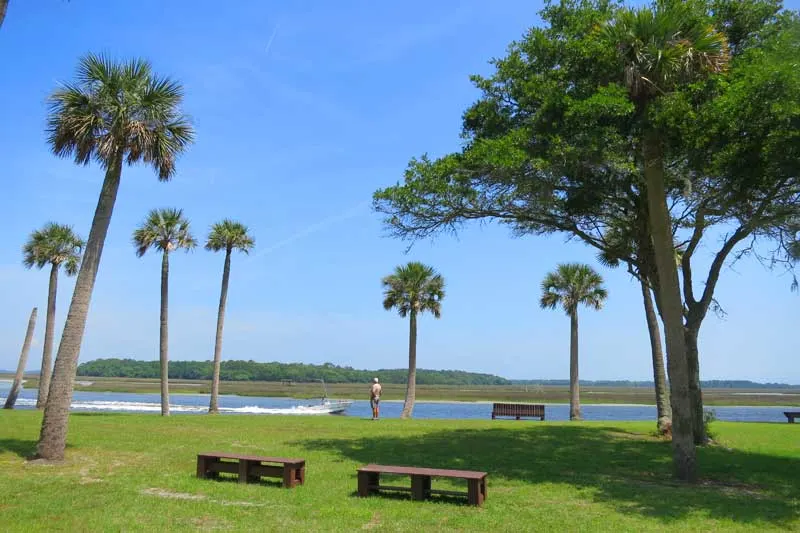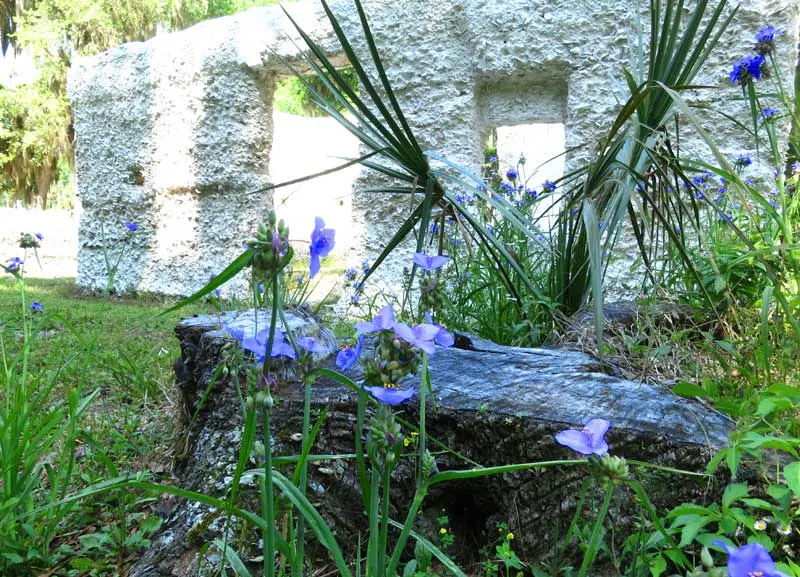If you have an image of slavery, there’s a good chance it’s from “Gone With the Wind” or “Twelve Years a Slave.”
But there is a Florida story of slavery that is neither.
Unlike the rest of the South, Florida’s original plantation development was under Spanish rule, and slavery in a Spanish colony had different rules.
The story unfolds at the Kingsley Plantation, a national historic site in an unspoiled coastal wilderness near Jacksonville. The Kingsley Plantation is the oldest plantation house in Florida.
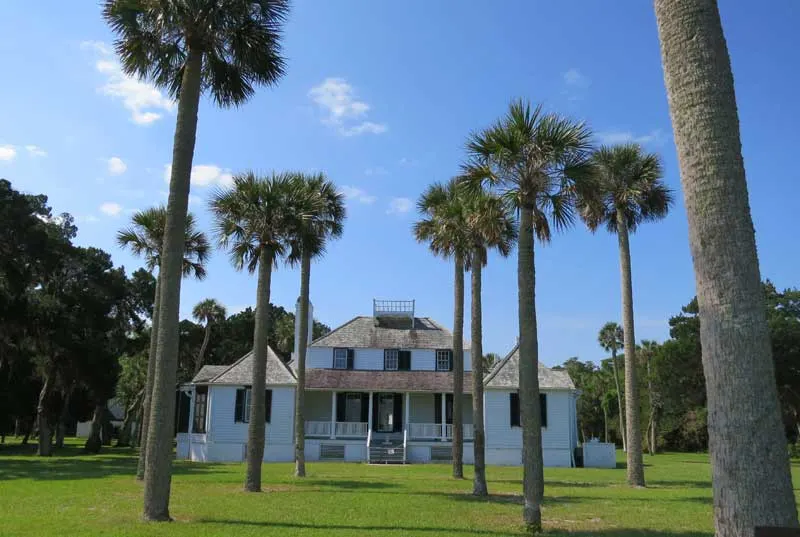
Kingsley Plantation is physically beautiful and emotionally evocative. It’s part of the Timucuan Ecological and Historic Preserve, which wins the prize as Florida’s most obscure national park.
The Kingsley Plantation a well-preserved 1798 plantation house and remnants of 25 slave cabins, neatly aligned in an arc. The grounds overlook a scenic salt march on the Fort George River.
The drive to the plantation follows a narrow road winding through stunning live oak forests.
But it is the people and their stories that you’ll remember, particularly if you take the time to listen to the excellent audio tour, which is available free. To do so, you check out specially programmed iPhones at the Kingsley Plantation visitor center. The iPhone program knows where you are on the grounds and plays the appropriate section when you arrive at the corresponding site. It is professionally acted and written and brings the people and stories alive. It’s one of the best audio tours I’ve heard.
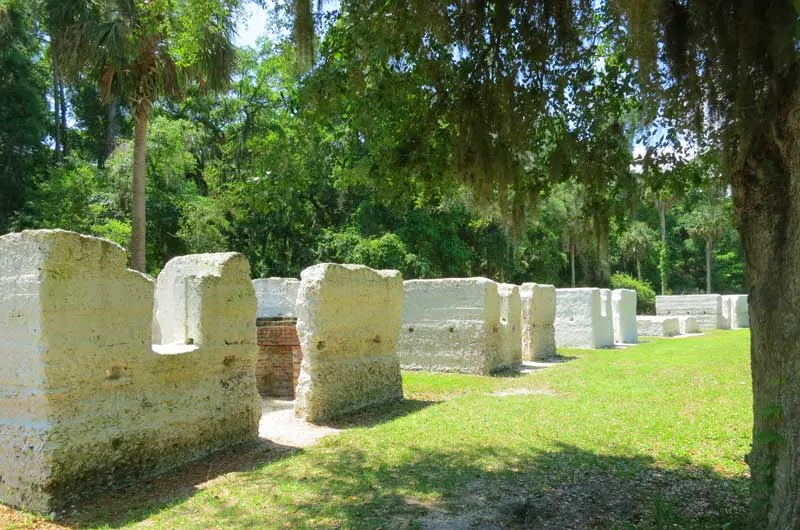
While there are interesting stories of earlier and later residents, the tour focuses on Zephaniah Kingsley and his wife Anna Madgigine Jai, who lived on the plantation from 1814 to 1837.
Zephaniah, a successful slave trader, merchant and planter in Spanish Florida, bought Anna, born a princess in Senegal, as a slave in Havana, Cuba, in 1806. She was 13 years old. By the time she turned 18, they were married and had three children. She, however, was still a slave and so were the children. (Slavery is determined by the mother’s status.) Zephaniah freed her and their children in 1811.
This family moved to the Kingsley Plantation in 1814, where, still under Spanish rule, Anna as a free Black woman was able to become her husband’s business partner, own her own plantation and, strangely enough, own her own slaves.
But Zephaniah didn’t marry only Anna. He maintained a polygamous household with three other Black women as “co-wives.”
The Spanish had a different attitude toward slavery than Americans in the South at the time. Evidence suggests they were no less cruel and there is no question slavery is evil regardless of how it is implemented. The Spanish saw slavery as a temporary status from which you could buy or earn your way to freedom.
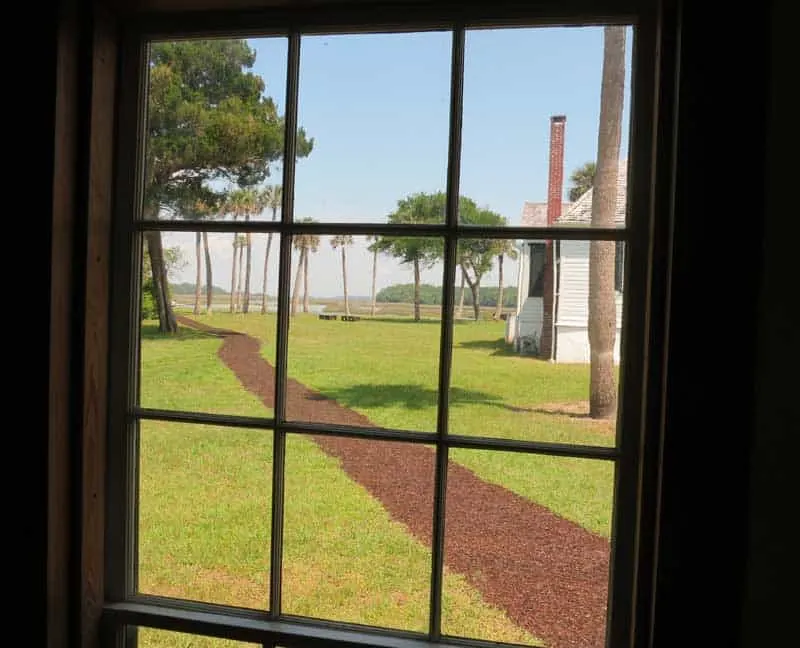
The tour can tell us a lot about Zephaniah because he wrote widely about his philosophy of slavery and campaigned for a system where people were judged by class, not color. He fervently defended slavery (which made him very rich) but also believed society should recognize a class of free blacks, like his wife Anna.
We know little, however, about the attitudes of Anna, who survived the brutal Middle Passage and slave markets. What we have of her are official records – the papers that freed her, records of land grants and records showing she bought and sold slaves. (Read the text of Anna Kingsley’s documents.)
When Spain lost control of Florida in 1821, the same laws that stripped liberties from American slaves now applied to Anna and the couple’s children. Eventually, the restrictions became intolerable (Zephaniah Kingsley called them “a system of terror”) and in 1832, Anna, two sons and 50 freed slaves moved to Haiti, a free Black republic, to found a plantation there.
Two of their daughters, however, stayed in Jacksonville and married wealthy white men.
There’s more to the saga – I won’t spoil your visit by telling you all the eye-opening twists. But if you got the idea that the slaves were happy and well-treated on the Kingsley Plantation, the tour makes it clear that slavery is slavery, and it is evil in any form. There are stories, for example, of children being sold away from their families on Kingsley Plantation and the harsh work regimen required.
Walking around the beautiful plantation grounds thick with live oaks, one spots two or three trees whose girth suggests great age.
You can stand under a live oak that is probably 400 years old and look at those slave cabins, knowing this tree witnessed the whole saga. Did slave children play here in the shade of the same tree under which you stand? Where are their descendants now?
The Kingsley Plantation is moving and thought provoking.
Given their story, how could Zephaniah and Anna justify owning people? How can human beings have such blind spots? And do we have similar ones?
Planning your visit to Kingsley Plantation
The Kingsley Plantation is convenient if you are visiting Jacksonville. It’s within the city limits (35 minutes from downtown) -– or Amelia Island/Fernandina Beach (40 minutes from Fernandina Beach).
Kingsley Plantation, 11676 Palmetto Avenue, Jacksonville, Florida 32226 Phone: 904-251-3537. Open Wednesday to Sunday, from 9 a.m.-4:30 p.m., except on Juneteenth, Independence Day, Thanksgiving Day, Christmas Day, and New Years Day. Admission is free. Tours of the plantation building are available at 11 a.m. and 3 p.m. Saturday and Sunday, but you should reserve in advance: (904-251-3537; alternate phone 904-251-3626).
Read more about the Timucuan Ecological and Historic Preserve
Near the Kingsley Plantation in Jacksonville
The Kingsley Plantation is one site within the 46,000-acre Timucuan Ecological and Historic Preserve, where you can explore salt marshes, coastal dunes, and hardwood hammocks. There are bike trails, hiking trails, additional historic sites.
The Timucuan Preserve has some great places to kayak, and Kayak Amelia runs trips and rents kayaks in the region. Their trips range from exploring the salt marsh near their headquarters at 13030 Heckscher Drive, Jacksonville, to paddling to the Kingsley Plantation. Kayak Amelia also offers two popular Segway tours. People rave about these trips on TripAdvisor.
What else is nearby?
- The Talbot Islands: Camp in Florida’s historic low country
- Beach camping: Huguenot Memorial Park in Jacksonville
- Visiting Jacksonville: This neighborhood is a charming getaway
Visit the website for Timucuan Ecological and Historic Preserve
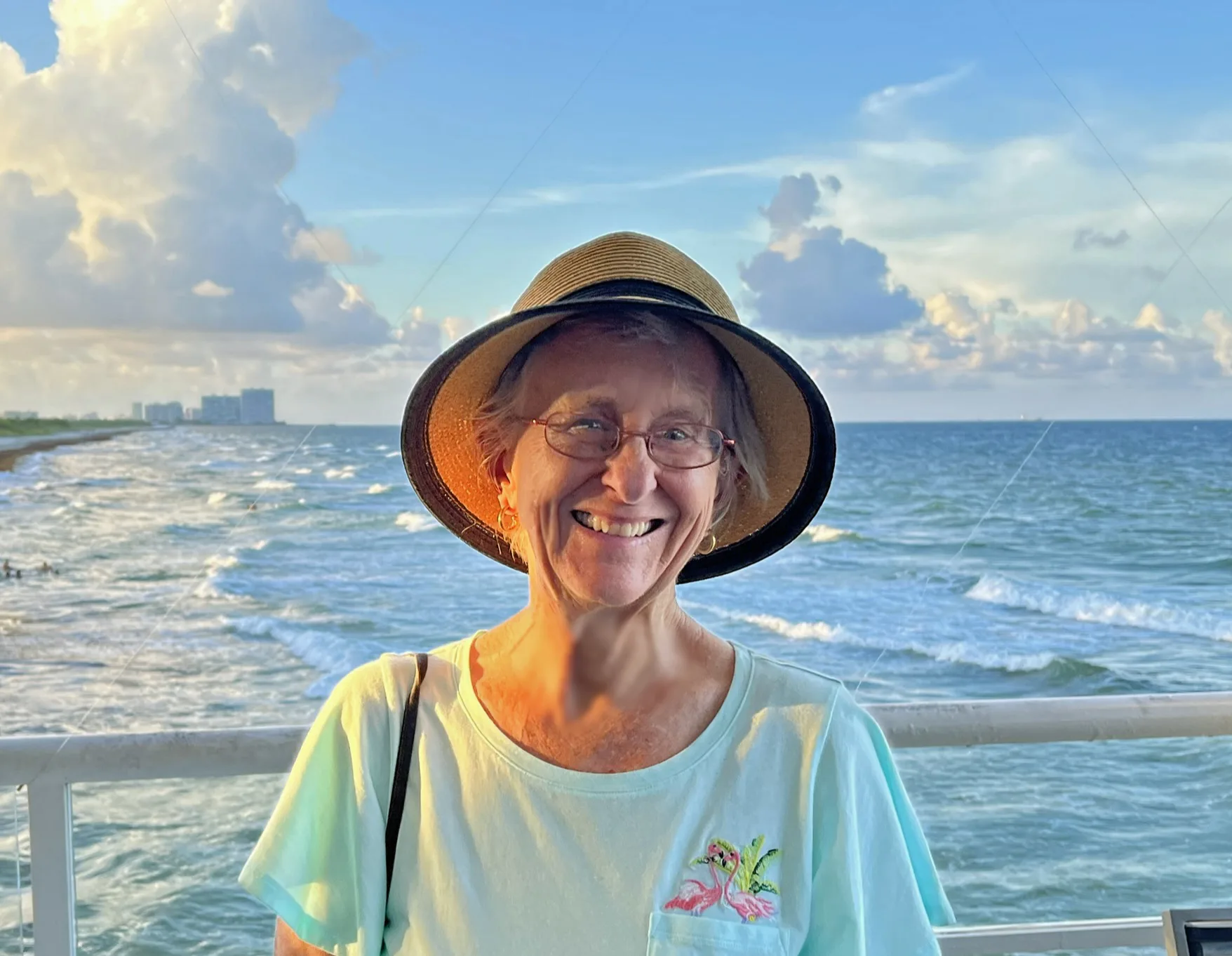
The author, Bonnie Gross, travels with her husband David Blasco, discovering off-the-beaten path places to hike, kayak, bike, swim and explore. Florida Rambler was founded in 2010 by Bonnie and fellow journalist Bob Rountree, two long-time Florida residents who have spent decades exploring the Florida outdoors. Their articles have been published in the Sun Sentinel, the Miami Herald, the Orlando Sentinel, The Guardian and Visit Florida.

